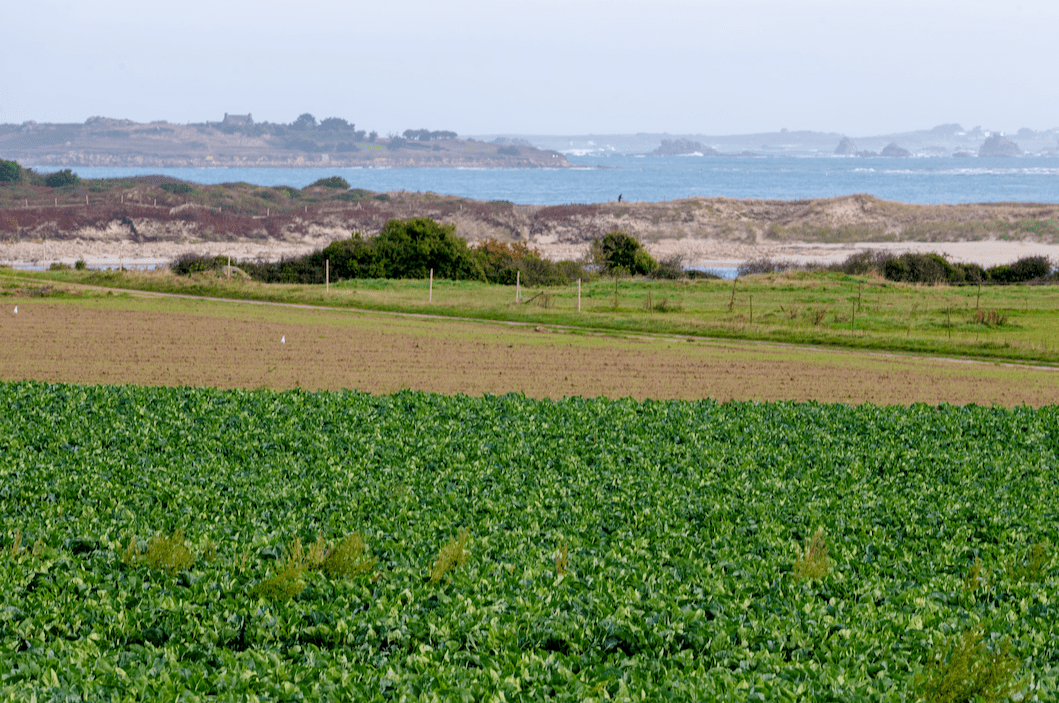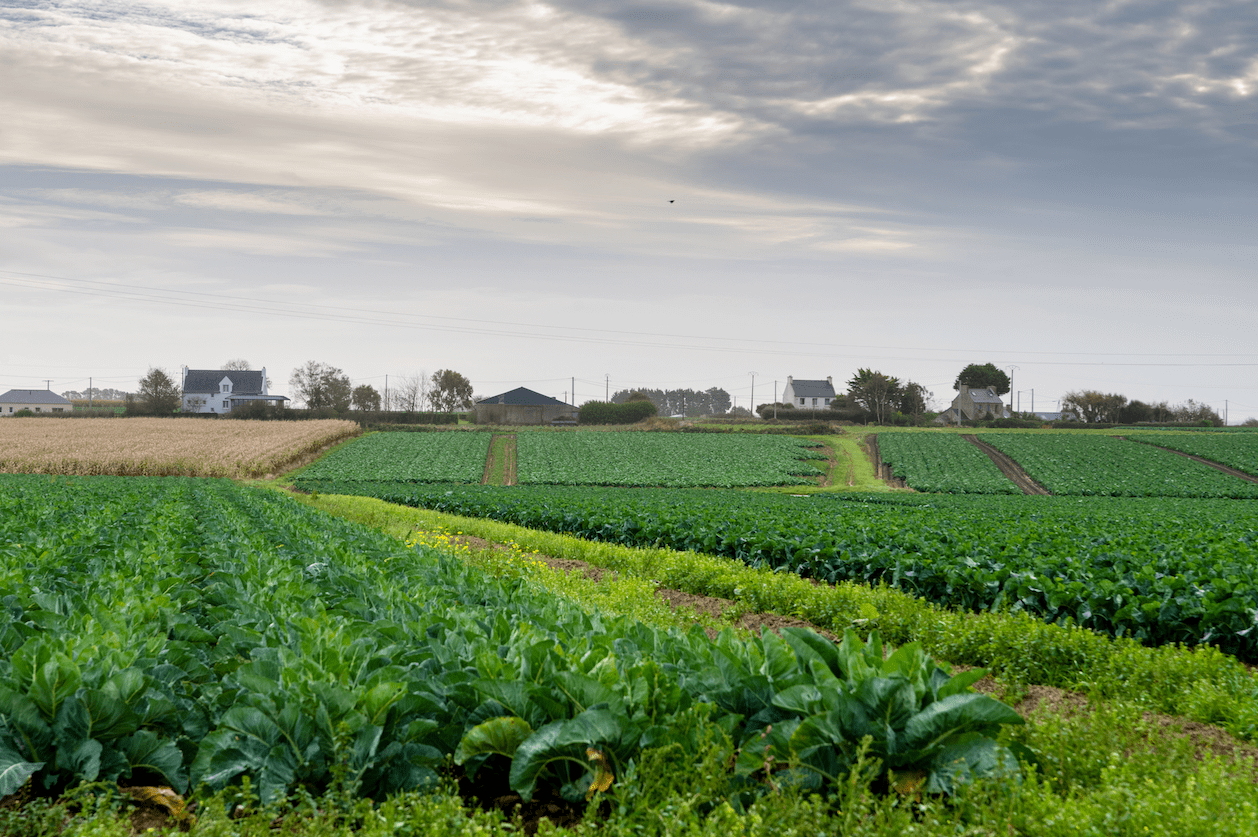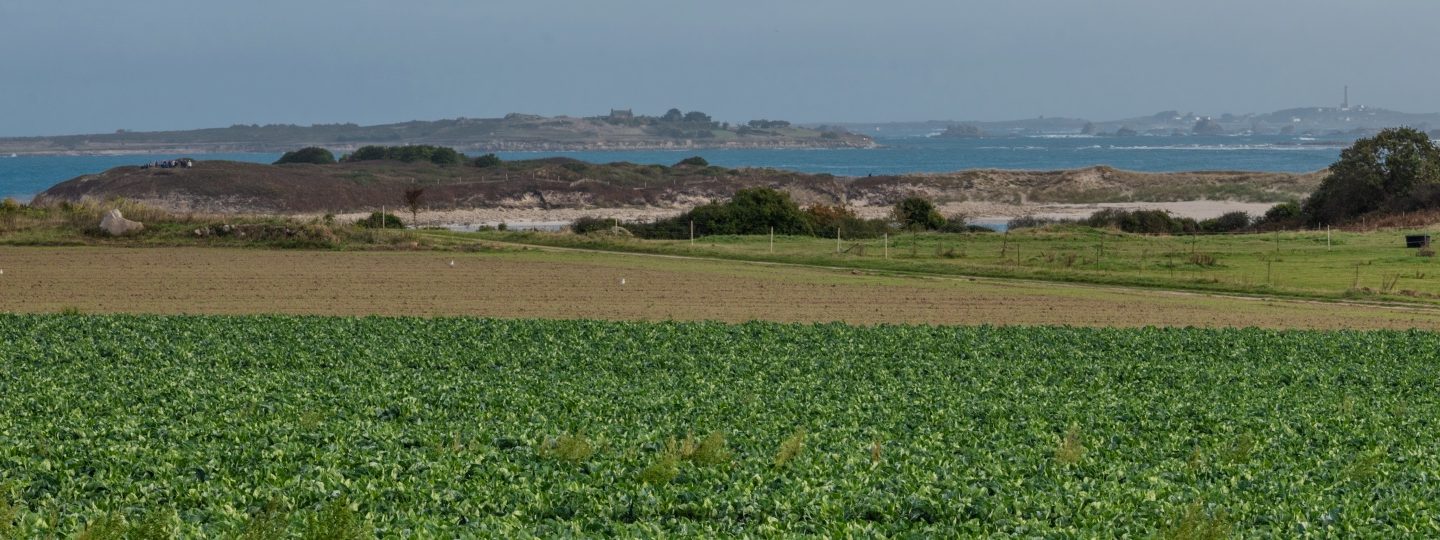Which grower wouldn’t want to be able to produce high-quality field vegetables wherever he or she liked? Though we often highlight the ideal vegetable-growing climate of Northern Brittany, we don’t often mention the quality of the soils there. However, this aspect of the region definitely represents an advantage, creating favourable conditions to produce a wide variety of high-quality vegetables. The area has highly diverse soil types, which offers substantial advantages for growing field vegetables. To learn more about the Northern Breton soil, we spoke with Rémi Charbonnier, Agronomy Consultant and field vegetable specialist at the Brittany Chamber of Agriculture.
In this article, he outlines the unique characteristics of local soils and highlights the key factors that contribute to the success of our region’s vegetable farming sector.
Soil diversity and adaptability to a variety of field vegetable crops
The primary distinctive feature of the soil types of this area (known as the golden belt) is their diversity, offering a complementarity which meets the specific needs of plants according to their time of ripening. “The areas near the sea have the sandiest soils, which are ideal for growing root vegetables such as carrots. On the other hand, land further from the coast has loamy soils that suit a wide variety of vegetables including cauliflower, artichokes, shallots and onions.
The pedological history of the region, marked by wind erosion and the fact that it was once under the sea, created these unique soil types which today offer exceptional opportunities for diversifying vegetable crops.”
A majority of deep, loamy soils: a bonus for agriculture
Soil is like the skin of the earth, covering it at a depth of 0 to 2m in temperate regions. In the Northern Breton vegetable belt, soils are mostly loamy with a composition favourable to agriculture. “This loam, the region’s heritage, has its source in the sea. It’s rich in organic matter and offers a fertile growing medium for crops, particularly field vegetables. The light structure of the loam makes the soil easier to work than clayey soils. It creates better soil aeration and favours the development of root systems, for example that of cauliflower, which can reach up to 60cm.”
An available moisture capacity that reduces the need for irrigation
The available moisture capacity of soil is the amount of water it makes available to a plant. This moisture is retained as relatively thick films around particles of earth or in fine capillaries. “Our region differs from other areas in having a high available moisture capacity, which is linked to the high percentage of loam in the soil, between 60 and 90%. This characteristic helps reduce the need for irrigation, a major advantage with the increasing frequency of dry periods. However, the available moisture capacity can vary significantly from one field to another, and in-depth studies are necessary to evaluate these differences and understand their implications so as to select the most suitable crops for each area.”
Good soil drainage to prevent stagnation
Although water is important, it’s possible to have too much of a good thing. Our region receives a high level of precipitation, and field vegetables don’t enjoy having their roots in water for extended periods of time. But Northern Brittany has yet another useful trick up its sleeve. Rémi Charbonnier explains: “The soil types in the Northern Breton vegetable belt are mostly well-drained, preventing stagnant water collecting in the fields. This feature prevents vegetable roots from becoming asphyxiated, thereby ensuring a good environment for growing crops. The soil composition, in association with well thought-out soil practices, contributes to maintaining optimal drainage.”
A slightly acidic soil that favours field vegetable production
The soils of our region have a pH of over 7: they are slightly acidic, which provides favourable conditions for growing vegetable crops. “This aspect favours the quality, flavour and yield of vegetable crops. Some types of crop really thrive with this pH.”
The Northern Brittany vegetable belt has a unique combination of pedological and climatic characteristics which create the perfect environment for growing field vegetable crops. Local growers benefit from these advantages in order to grow high-quality products while contributing to sustainable and resilient agriculture.


